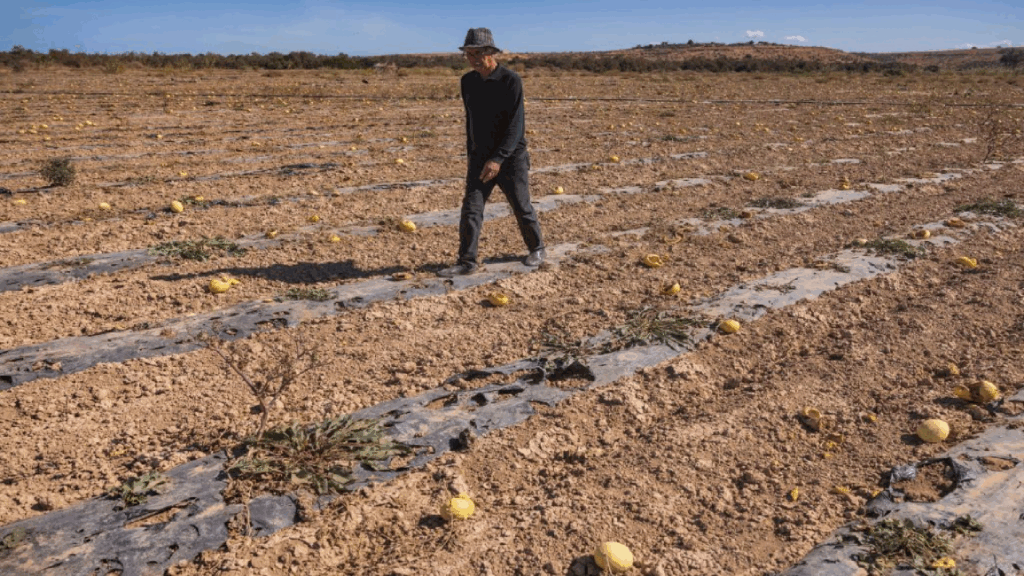Morocco’s flower growers are facing a stark battle for survival as prolonged droughts and parched wells threaten a once-vibrant industry that colors homes, brightens celebrations, and fuels a growing export market.
For florist and entrepreneur Nadia Ouahbi, each morning begins with anxiety. Her one-hectare nursery, which produces around 15,000 plants annually, including violets, chrysanthemums, and daisies, is struggling to survive as nearby wells run dry.
“We are struggling due to a shortage of water,” she said. “The wells have dried up to the point that when we wake up in the morning and find no water, we would be overcome with tears because we see the plants and flowers suffering, as if they are telling us that they are in need of water.”
Her experience reflects the daily reality for Moroccan flower producers, who are increasingly burdened by the effects of climate change, reduced rainfall, and persistent drought.
Adding color to daily life
Despite these challenges, local demand remains strong. Ouahbi and other growers work tirelessly to supply flowers for Morocco’s streets, homes, and celebrations.
“No matter how beautiful the buildings are, that is considered nothing without a touch of greenery,” she explained.
For customers like Khadija, flowers remain a non-negotiable part of cultural and social life. “I care deeply about roses and flowers. It is essential to offer flowers especially when I go to an event or celebration,” she said.
Innovation and export ambitions
To save their crops, many growers are investing in drip irrigation systems to conserve every precious drop of water. While costly, these systems are becoming vital for maintaining production levels.
The industry also faces logistical hurdles, with limited transport and cooling infrastructure threatening the delicate blooms. Yet, Moroccan growers continue to push forward, not only serving the local market but also reaching global customers.
Morocco’s flowers are now exported to major markets, including the United Kingdom, the Netherlands, and the United States, underscoring the resilience of an industry that continues to find ways to bloom despite adversity.


